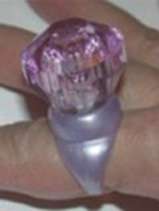M97 The Owl Nebula
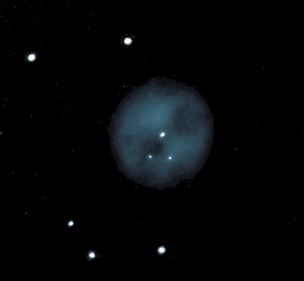
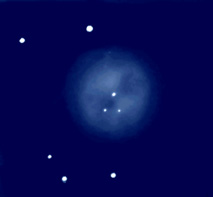
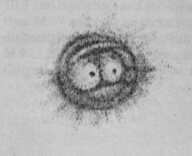
M97 reprocessed to show Lord Rosse's 18th century
the shell which surrounds drawing of M97 - Now we
the inner nebula. know why it's called the
the Owl Nebula .... :>)
M97, the Owl Nebula, is one of the more complex planetary nebulas in existance. It is actually composed of three shells - an inner nebula similar to the apple core shape of M27, the Dumbell Nebula [ M27 ] , a round outer shell and finally a somewhat elliptical whispy outer halo which is escaping the central hot white dwarf's gravitational hold. The outer halo was produced when the white dwarf first blew off its outer mass, the round shell was formed when the dwarf's stellar wind became a superwind causing a shockwave to slam into the outer halo, similar to what occured during the formation of the 'bubble' in the Bubble Nebula [ NGC7635 ], and finally the inner owl shape resulting from an even faster stellar wind which encountered the round shell.
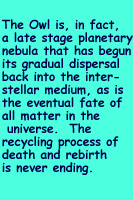
The Owl is, in fact, a late stage planetary nebula that has begun its gradual dipersal back into the interstellar medium, as is the eventual fate of all matter in the universe. The recycling process of death and rebirth is never ending.
First discovered by Pierre Méchain in 1781 and later named by Lord Rosse in 1848 after viewing it in his giant (72 inch) reflecting telescope, the Owl, located on the bottom edge of the Big Dipper's bowl, is about 6000 years old and anywhere from 1,300 to 12,000 light years away. Distances to planetary nebula are particularly difficult to measure and sometimes the measurement errors are larger than the actual distance of the nebulas itself! At least we know the Owl is located within our own galaxy.
Techno Stuff: M97 - LX90, ATK-2HS, 0.6 FR, Baader IR
5fps, 139 X 40 secs, B 55%, G 0%, Sat 50%, Gain 80%,
WB nothing selected, Darks used, Processed in K3ccdTools,
Registax, Photoshop, Corel Draw, Selective color added.


